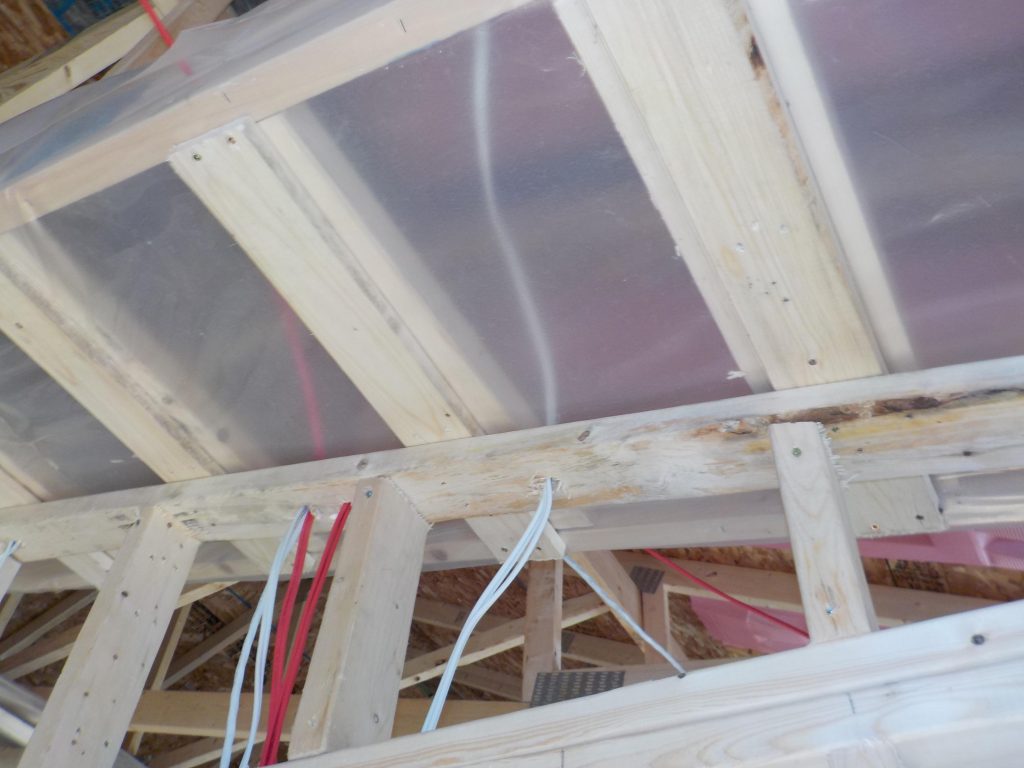We had a question yesterday about shingles – that is, applying shingles to the side of a structure.
In this area, due to the heavy rainfall, one of the requirements for shingles is that it has what we call a “capillary break.” That’s a fancy term to describe a 1-cm gap that must be left behind the shingle and the housewrap behind. This is so that when (not if) water penetrates the shingle, it has a place to drain. There are two common ways to achieve this. The first is to apply a shingle backer, which looks like a scrubbing pad on steroids. The other method is to tacknail pressure-treated garden lattice on the side of the building. This also provides the required offset and breathing/drainage space.
You may ask, “why did you use the term ‘when’ water penetrates” the shingle? Shingles, like all wood products, absorb water. Even if there is no rain, but humid conditions, the shingle will retain moisture. If this moisture has nowhere to go, it will lead to mold and mildew behind the shingle, and begin to force its way through the housewrap and cause serious problems with the sheathing (and worse.)
And here, for your reading pleasure, is the Code on what kind of shingles to use on walls.
9.27.7.1. Materials
1) Shingles and shakes shall conform to
a) CSA O118.1, “Western Red Cedar Shakes and Shingles,” or
b) CSA O118.2, “Eastern White Cedar Shingles.”
2) Western cedar shakes shall be not less than No. 1 or Handsplit grade, and western cedar shingles not less than No. 2 grade, except that No. 3 grade may be used for undercoursing.
3) Eastern white cedar shingles shall be at least B (clear) grade, except that C grade may be used for the lower course of double course applications.
Questions? We serve the rural areas of Charlotte and southern York Counties, as well as the municipalities of McAdam, Harvey, Saint Andrews and St. George. We can be reached at 466-7369.

